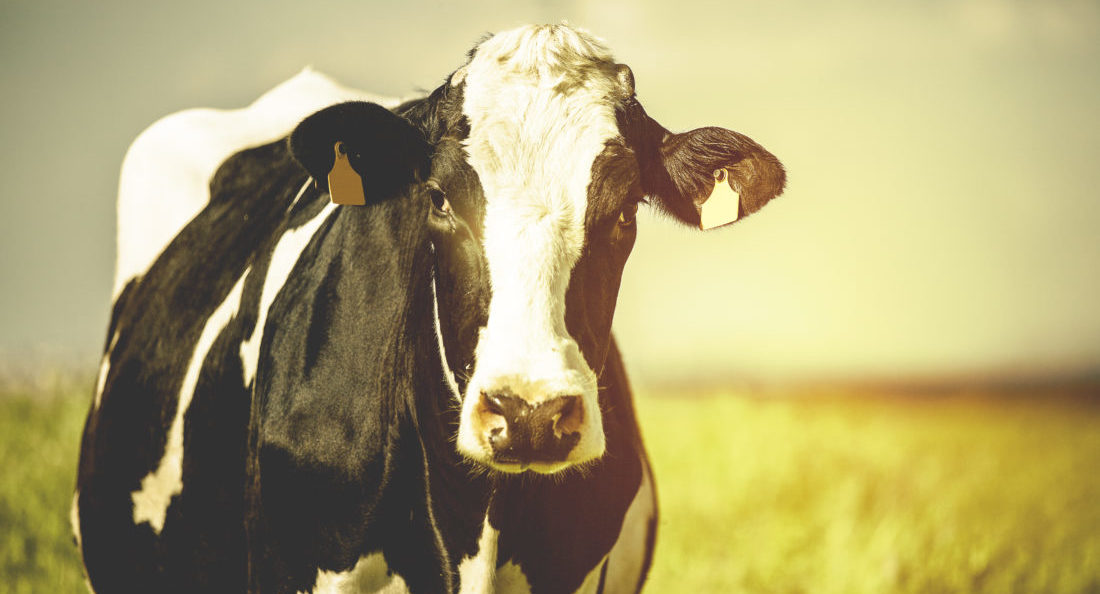
By the middle of June 2016, 257 Australians have been diagnosed with Q-fever, a disease caused by microorganisms usually harboured by animals. It is mainly a disease of rural Australia and the livestock industries connected to it, particularly central southern QLD, central northern NSW and grazing areas of WA.
The responsible organism (Coxielle Burnetti) is found throughout the world, but the discovery linking the organism to the illness was made by Australian researchers in the early 20th century.
Cattle, sheep and goats can harbour infection, as well as Australian bandicoots, kangaroos and even dogs. Humans can be exposed in a variety of ways, either through direct contact with live animals (and especially birth fluids, urine, faeces and milk), with animal carcasses and products (such as vets and abattoir workers) and even through the environment, where the organism can survive long periods of drying in areas contaminated with animal fluids.
Infection causes a flu-like illness usually characterised by fever, sweats, headache, joint and muscle ache, fatigue, and other symptoms. Unlike viral flu-like infections, Q-fever can have rare and dangerous complications related to infection of heart muscle, bone and the liver and leaves a proportion of people with chronic fatigue syndrome. It can be prevented with a vaccination from registered providers who have the necessary skills required to test for and administer the Q-fever vaccine (Q-Vax). It must only be given to those who can demonstrate no evidence of prior infection, achieved with a blood sample and skin test.
Our clinic has been testing for and vaccinating against Q Fever for many years. Two consultations are required, a week apart. Our staff will be happy to guide you through the process.
Dr Michael Crouch